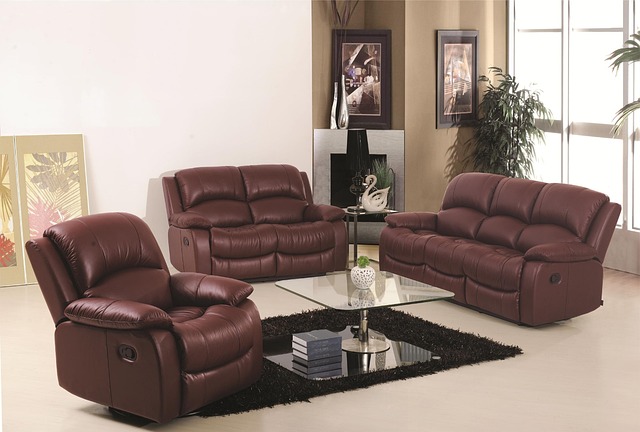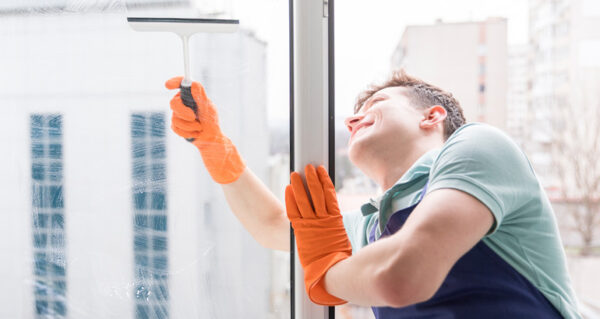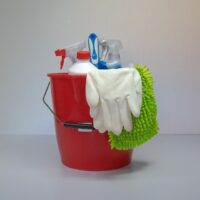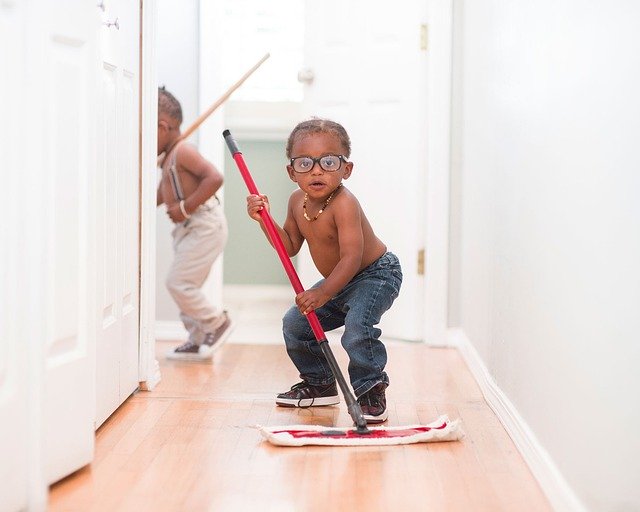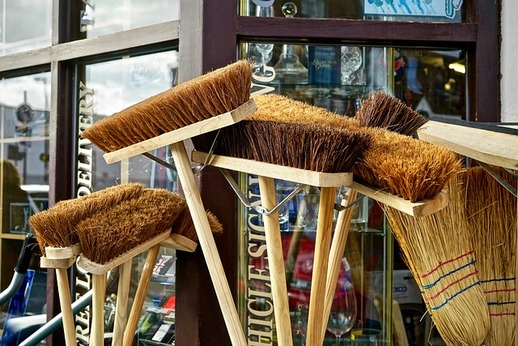Leather furniture adds a touch of elegance and sophistication to any home, but maintaining its beauty requires proper care. In this detailed guide, we’ll explore “How to Clean and Maintain Leather Furniture” with simple points and straightforward explanations. Whether you’re a proud owner of a leather sofa, chair, or ottoman, this comprehensive information will help you keep your leather furniture looking its best for years to come.
Understanding that not all leather is created equal, we will start by decoding the various types of leather commonly found in furniture. Whether it’s the natural allure of aniline leather or the durability of pigmented leather, knowing your leather type lays the foundation for effective care. The guide will then seamlessly transition into practical cleaning steps, emphasizing the importance of regular dusting, addressing spills promptly, and choosing the right cleaning solutions. By breaking down the cleaning process into simple points, readers will gain confidence in tackling routine maintenance tasks.
Moving beyond the basics, our guide will delve into maintaining leather furniture with practical tips. From protecting against scratches to ensuring proper temperature and humidity control, these insights aim to become an integral part of your leather care routine. Troubleshooting common issues, such as ink stains or water marks, will also be addressed with simple yet effective solutions. Ultimately, this comprehensive guide is designed to make leather furniture care accessible to all, offering a roadmap to uphold the beauty of your cherished pieces and make cleaning and maintaining leather furniture an enjoyable part of your home care routine.
See also our related post on How to Clean and Maintain Leather Furniture
Types of Leather
Before delving into the cleaning process, it’s crucial to understand the type of leather you’re working with. There are various types, including:
- Aniline Leather: This is the most natural-looking leather with minimal protective coatings. It’s soft and luxurious but can be prone to stains.
- Semi-Aniline Leather: Similar to aniline leather, but with a light protective coating for added durability.
- Pigmented/Protected Leather: This type has a polymer coating, making it more resistant to stains and fading. It’s a common choice for furniture.
- Nubuck Leather: Suede-like in appearance and soft to the touch, nubuck is more delicate and requires specialized care.
- Bonded Leather: Composed of leather scraps bonded together, it’s essential to follow specific care instructions for this type.
Now, let’s delve into the steps to clean and maintain your leather furniture:
Cleaning Leather Furniture: Simple Steps
1. Regular Dusting
Dust can settle on your leather furniture, dulling its appearance. Use a soft, dry cloth or vacuum with a soft brush attachment to remove dust regularly.
2. Weekly Cleaning with a Damp Cloth
For routine cleaning, dampen a soft, lint-free cloth with water and wipe down the leather. Ensure the cloth is not too wet, and dry the furniture immediately after cleaning.
3. Addressing Spills Immediately
Accidents happen. If a spill occurs, blot it immediately with a clean, dry cloth. Avoid rubbing, as it can spread the liquid and potentially damage the leather.
4. Mild Soap and Water Solution
For tougher stains, you can create a gentle cleaning solution by mixing a small amount of mild soap with water. Dampen a cloth with the solution, wring it out well, and gently clean the stain.
5. Avoid Harsh Chemicals
Harsh cleaning products, such as bleach, furniture polish, or ammonia-based cleaners, can damage leather. Stick to mild solutions specifically designed for leather care.
6. Condition Regularly
Leather can lose moisture over time, leading to cracks. To prevent this, use a leather conditioner every 6-12 months. Apply a small amount and buff with a clean, dry cloth.
7. Test in an Inconspicuous Area
Before using any cleaning or conditioning product, test it in an inconspicuous area to ensure it doesn’t cause discoloration or damage.
Here is our post on How to Clean Your Outdoor Furniture: Tips and Tricks to ensure hassle free cleaning task.
Maintaining Leather Furniture: Practical Tips
1. Keep Away from Direct Sunlight
Prolonged exposure to sunlight can cause leather to fade and age prematurely. Position your leather furniture away from direct sunlight or use curtains and blinds to protect it.
2. Watch for Sharp Objects
Leather is durable, but it’s not immune to scratches. Keep sharp objects away from your furniture, especially if you have pets or children.
3. Rotate and Fluff Cushions
If your leather furniture has removable cushions, rotate and fluff them regularly to ensure even wear and maintain the shape of the cushions.
4. Use Leather Protectors
Consider using a leather protector or repellent to create a barrier against spills and stains. Always follow the product’s instructions.
5. Temperature and Humidity Control
Leather is sensitive to extreme temperatures and humidity. Keep your home at a comfortable temperature and avoid placing leather furniture near heat sources or in damp areas.
6. Professional Cleaning
If your leather furniture requires a deeper clean or stain removal, consider consulting professionals to avoid accidental damage.
7. Store Leather Care Products Properly
Ensure that your leather care products are stored in a cool, dry place. Avoid exposing them to extreme temperatures.
8. Addressing Pet Hair
If you have pets, use a slightly dampened sponge or rubber gloves to remove pet hair from your leather furniture. Vacuuming with a soft brush attachment can also be effective.
9. Attend to Spots Promptly
Promptly address any spots or spills to prevent them from settling into the leather. The sooner you attend to a stain, the easier it is to clean.
10. Professional Inspection
Periodically, have a professional inspect your leather furniture, especially if you notice any significant wear or damage. They can provide recommendations for maintenance and repairs.
Here is our expert tips which will make the process easier for you.
Troubleshooting Common Issues
1. Removing Ink Stains
Gently dab the stain with rubbing alcohol or a non-acetone nail polish remover on a cotton swab. Test in an inconspicuous area first.
2. Dealing with Grease Stains
Place a clean, dry cloth over the stain and carefully apply pressure with a warm iron. The cloth will absorb the grease. Consult a professional for persistent stains.
3. Tackling Water Stains
Allow the leather to air dry if it gets wet. Water stains often fade as the leather dries, but avoid using heat sources like hair dryers, as they can cause further damage.
4. Treating Scratches
Light scratches can be treated by gently rubbing the area with your fingers. For deeper scratches, consult a professional.
5. Handling Mold or Mildew
Mix equal parts rubbing alcohol and water. Dampen a clean cloth with the solution and gently wipe the affected area. Ensure the leather is thoroughly dry afterward.
Conclusion
Caring for leather furniture doesn’t need to be complicated. By incorporating these simple steps into your routine, you can ensure that your leather furniture remains a centerpiece of elegance in your home. From regular dusting to addressing spills promptly, a little care goes a long way in preserving the natural beauty and longevity of your leather pieces. So, embrace the luxury of leather and make cleaning and maintaining it a breeze with these practical tips. Your furniture will thank you with timeless appeal and enduring comfort.





